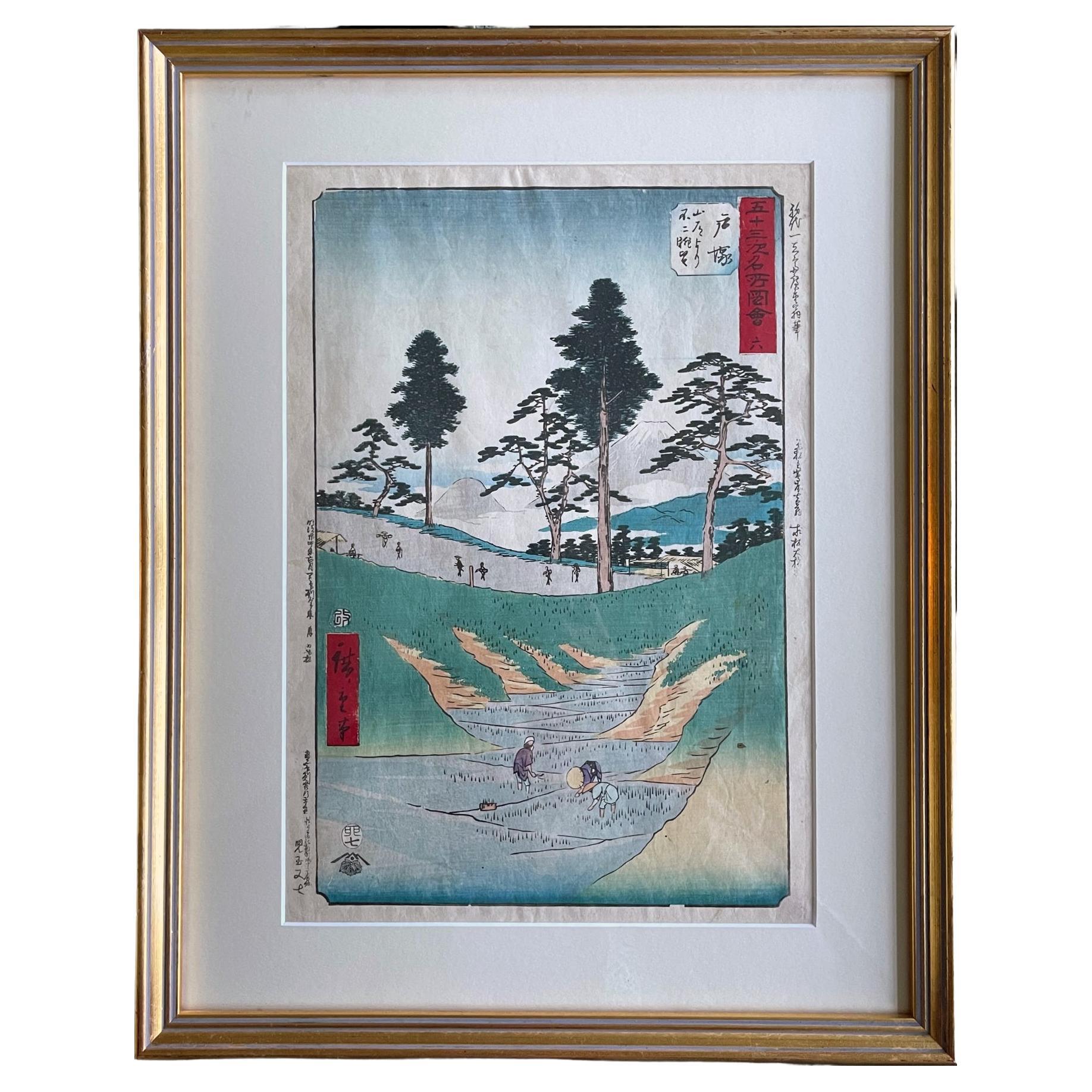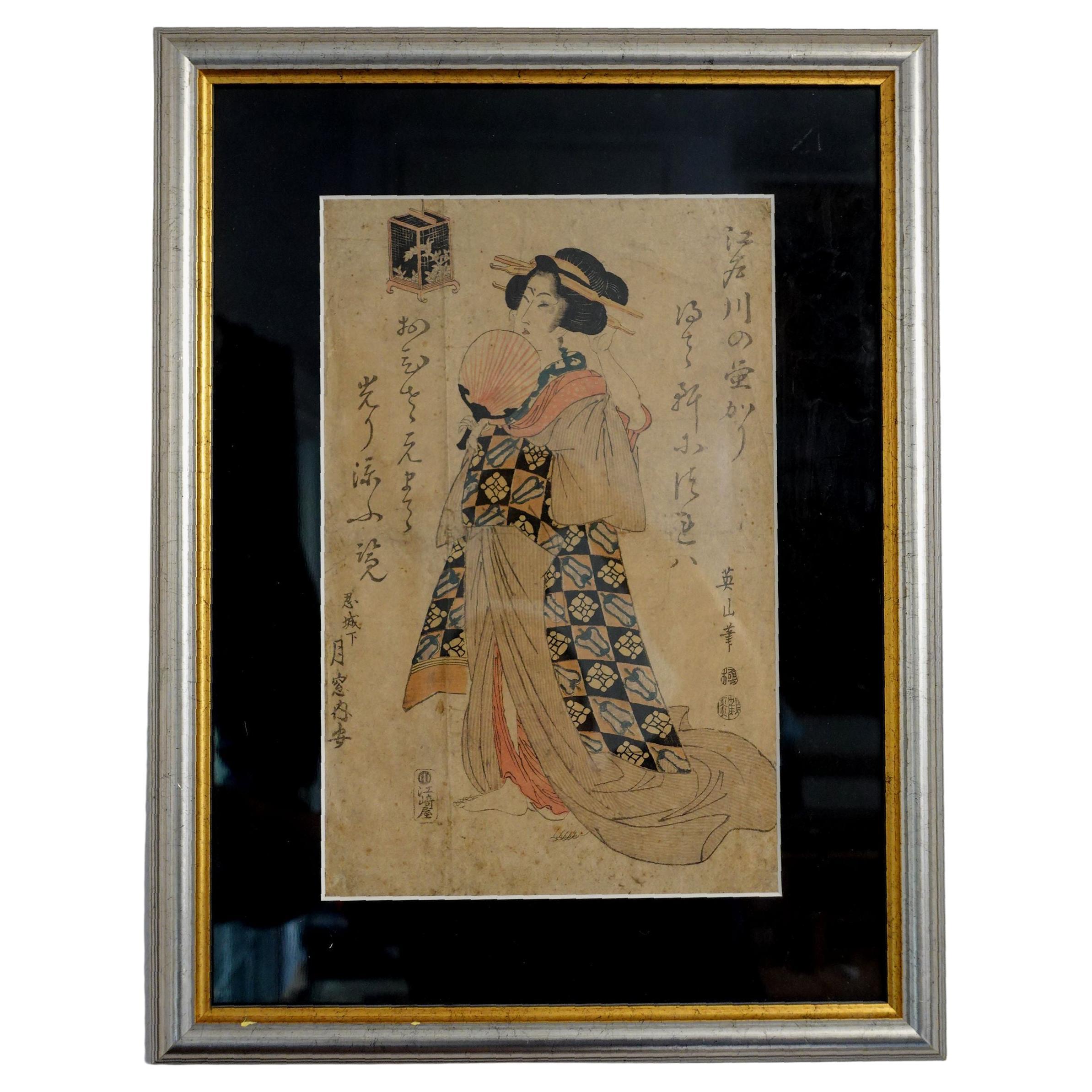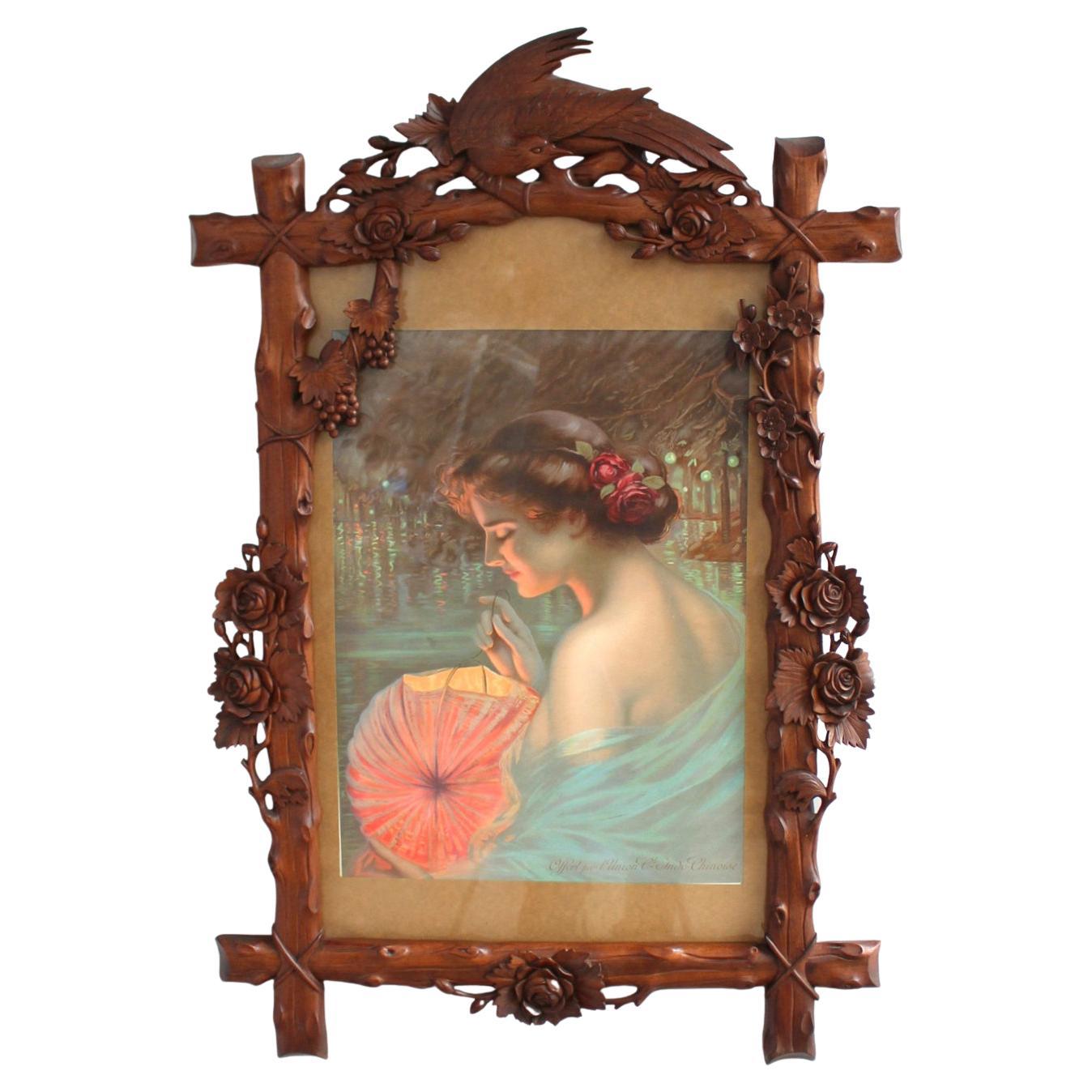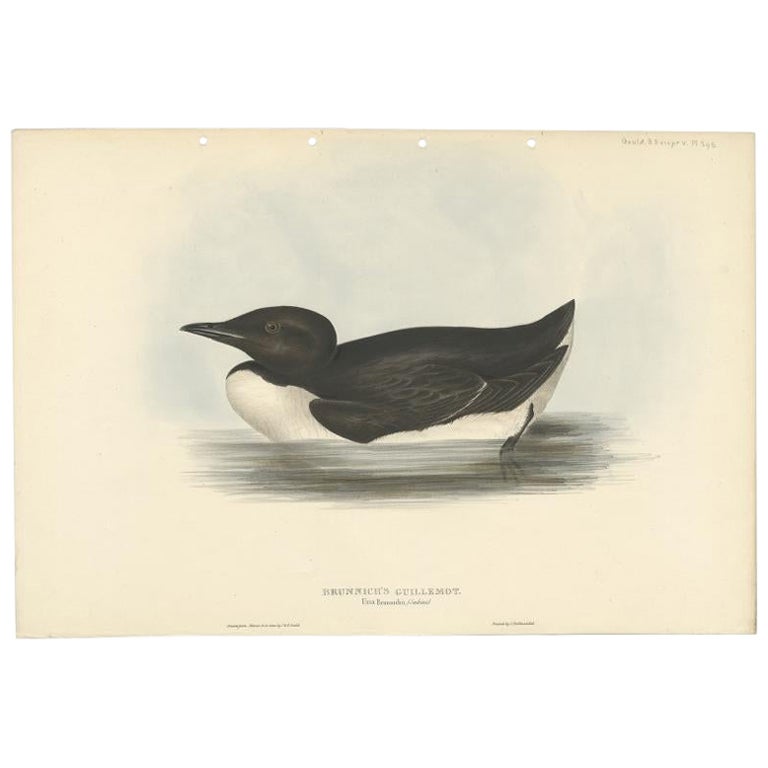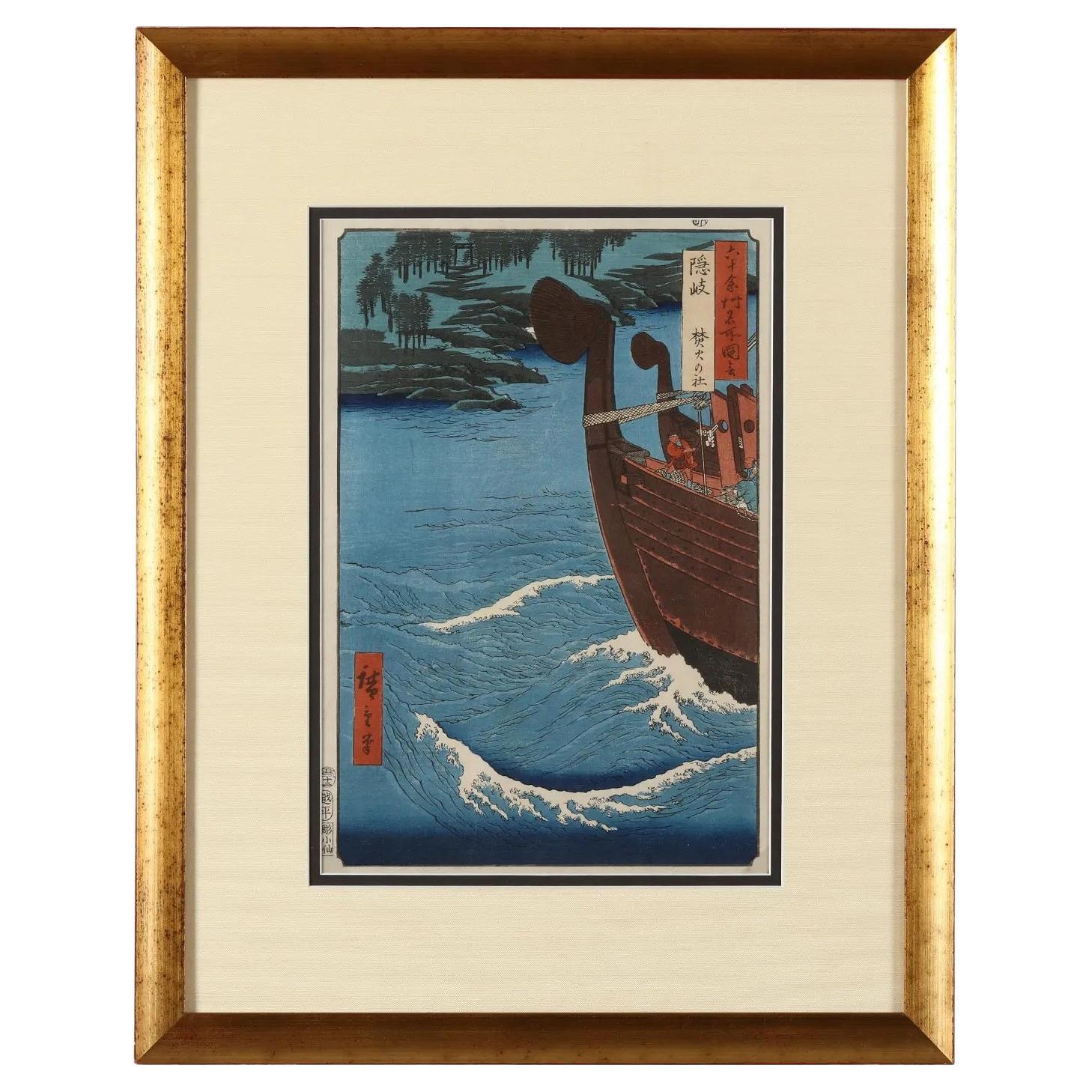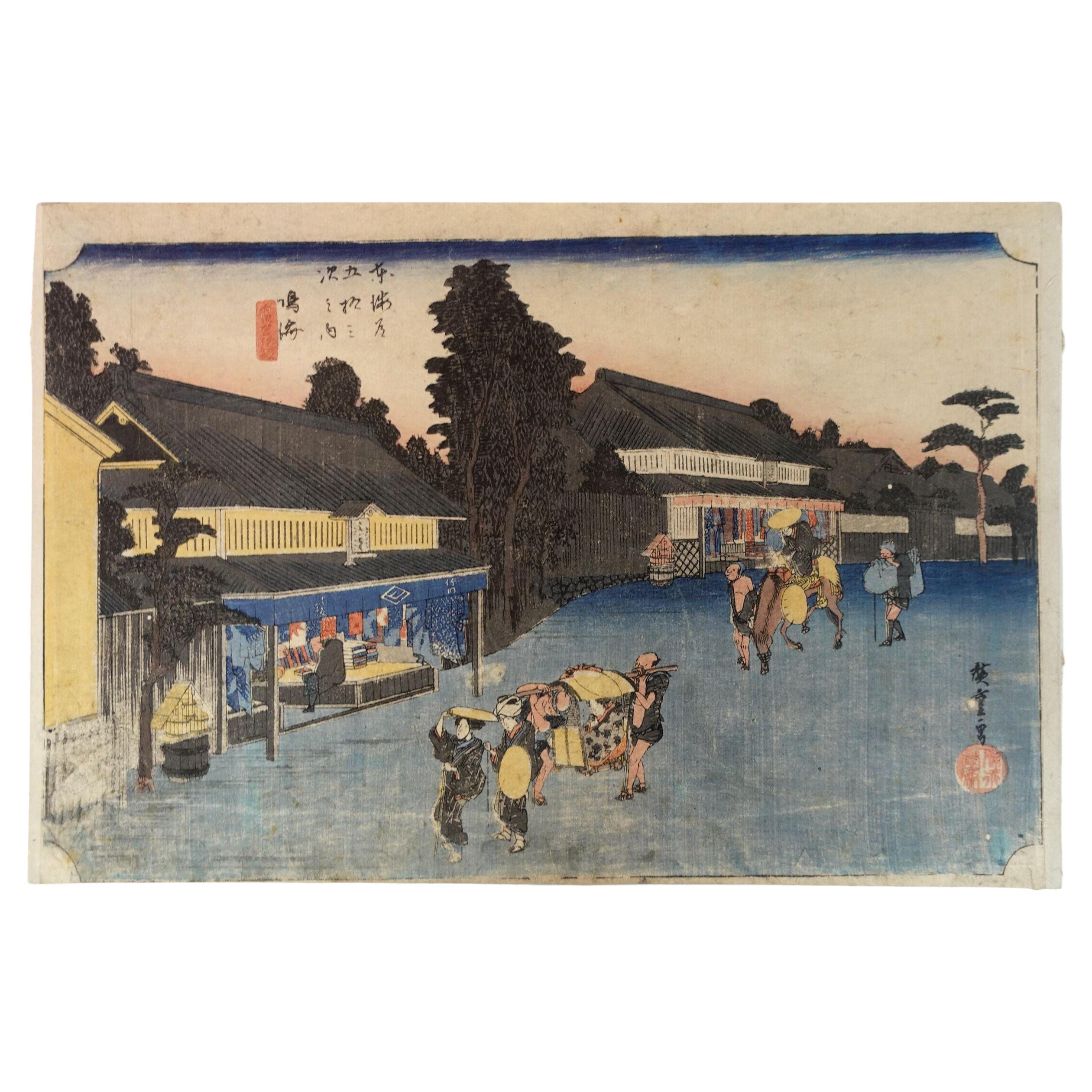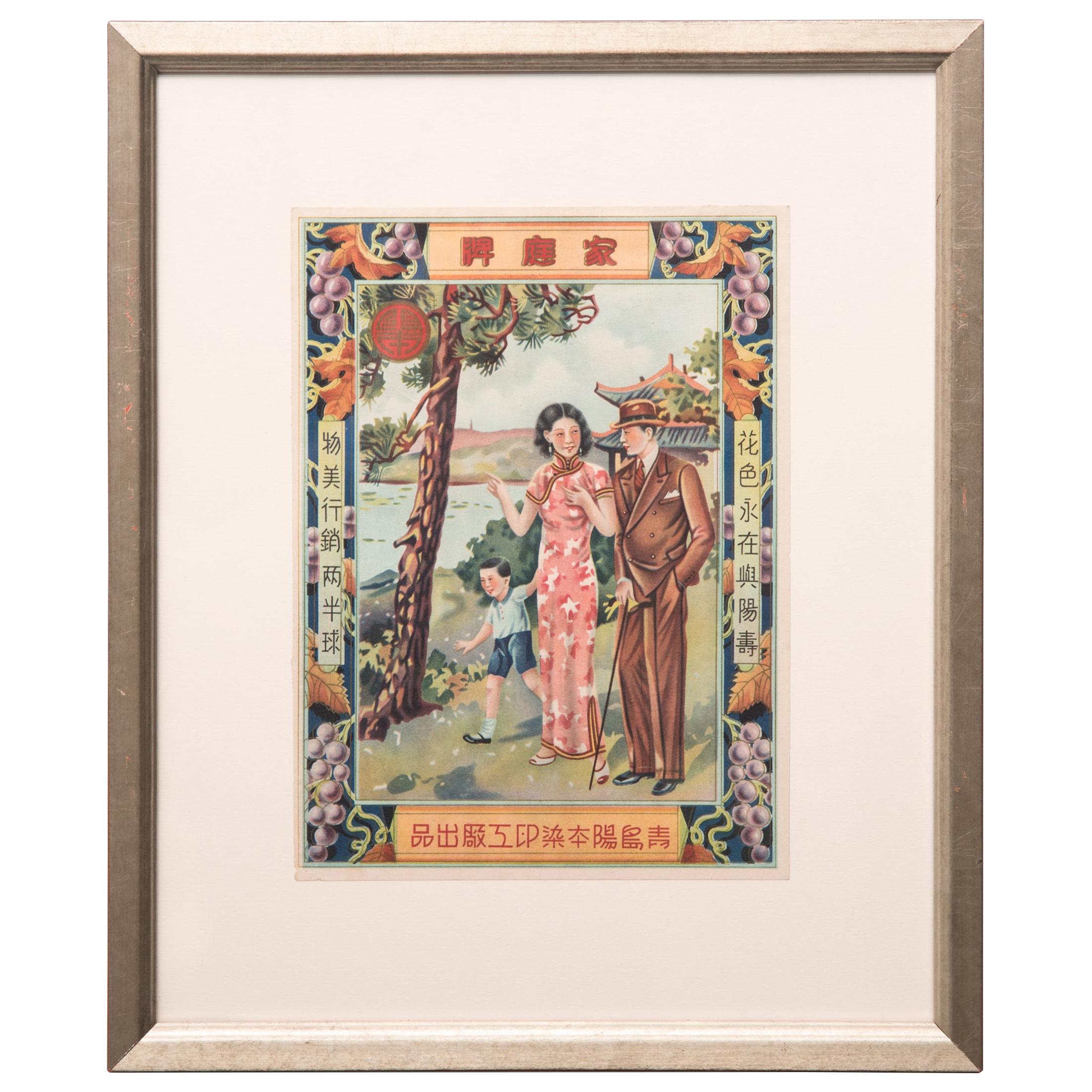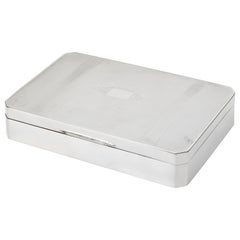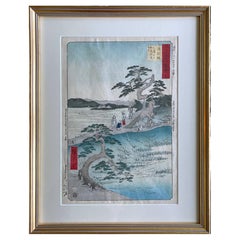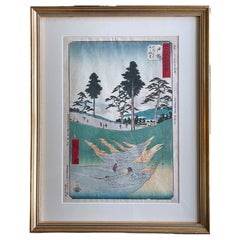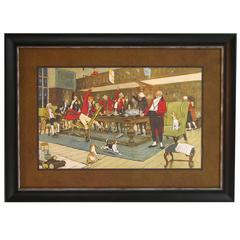
“The Fallowfield Hunt: The Hunt Supper” by Cecil Aldin, Circa 1900
View Similar Items
Want more images or videos?
Request additional images or videos from the seller
1 of 2
“The Fallowfield Hunt: The Hunt Supper” by Cecil Aldin, Circa 1900
About the Item
- Dimensions:Height: 23.5 in (59.69 cm)Width: 33.5 in (85.09 cm)Depth: 2 in (5.08 cm)
- Period:1900-1909
- Date of Manufacture:1900
- Condition:
- Seller Location:Colorado Springs, CO
- Reference Number:1stDibs: LU90973220032
About the Seller
4.9
Platinum Seller
These expertly vetted sellers are 1stDibs' most experienced sellers and are rated highest by our customers.
Established in 2010
1stDibs seller since 2011
402 sales on 1stDibs
More From This SellerView All
- Silver Sheffield Cricket Sugar Jar, circa 1900Located in Colorado Springs, COThis is an exquisite early 20th century crystal jar with a silver lid and spoon. The lid's top is fashioned after a cricket wicket. The jar sits on a round silver base with decorativ...Category
Antique Early 19th Century British Sheffield and Silverplate
MaterialsSilver
- Hallmarked Silver Plated Keepsake Box, Sheffield, UK, circa 1900Located in Colorado Springs, COOffered is a stunning silver plated keepsake box dating to 1900, with associated hallmark. This small box includes a wooden interior with two slots and a blank square on top where initials could have been engraved. A well maintained, elegant piece, this antique silver box is an excellent addition to any silver or home decor collection. Trinket or keepsake boxes have taken on many forms since their first conception in ancient times. However their purpose remains the same; to store jewelry and other items precious to the owner. Originally, these boxes were used specifically for jewelry. These were in common use as early as 5000 BC in Ancient Egypt, when the majority of Egyptians, both male and female, wore jewelry. Boxes were used to keep these gemstone encrusted items safe. In Ancient Rome, jewelry was a status symbol. Rings and brooches were utilized to represent ones status in society. Again, boxes were needed for security and storage purposes. Finding early examples of these are quite rare. Victorian and Edwardian examples of trinket boxes are far more common. This is because owning jewellery was a luxury until the Victorian era- let alone possessing so much a box was needed to store it all. Fine jewelry and other items became available to the masses after the industrial revolution due to the reduction in production costs. This led to a demand for trinket boxes, which were much smaller than jewelry boxes and therefore better suited to the needs of the middle class who did not yet possess an abundance of jewelry. In Victorian households, collectables and other items of interested were also stashed inside these boxes. This is why they are known as trinket or keepsake boxes, rather than just jewelry boxes, although of course jewelry was also stored in them. Trinket boxes were produced in large numbers around this time. Many were lined with colored plush or velvet or rich wood. More elaborate designs had interior divisions and trays for rings and other pieces of jewellery. It was also common to see trinket boxes so small that they could only contain one item, such as a single ring. Ornate exteriors were created to reflect the value of the trinket boxes contents. The Edwardian era saw the introduction of new styles of trinket box. These included small circular or oblong boxes...Category
Antique Early 1900s English Art Deco Decorative Boxes
MaterialsSilver
$600 Sale Price20% Off - Hallmarked Silver Plated Keepsake Box, Sheffield, Uk, Circa 1900Located in Colorado Springs, COOffered is a stunning Sheffield silver keepsake box dating to 1900, with associated hallmark. This small box includes a clean interior and rounded corners. The box is free of names or initials, but would have been used to house keepsakes such as jewelry or cufflinks. A well maintained, elegant piece, this antique silver box is an excellent addition to any silver collection. Trinket or keepsake boxes have taken on many forms since their first conception in ancient times. However their purpose remains the same; to store jewelry and other items precious to the owner. Originally, these boxes were used specifically for jewelry. These were in common use as early as 5000 BC in Ancient Egypt, when the majority of Egyptians, both male and female, wore jewelry. Boxes were used to keep these gemstone encrusted items safe. In Ancient Rome, jewelry was a status symbol. Rings and brooches were utilized to represent ones status in society. Again, boxes were needed for security and storage purposes. Finding early examples of these are quite rare. Victorian and Edwardian examples of trinket boxes are far more common. This is because owning jewellery was a luxury until the Victorian era- let alone possessing so much a box was needed to store it all. Fine jewelry and other items became available to the masses after the industrial revolution due to the reduction in production costs. This led to a demand for trinket boxes, which were much smaller than jewelry boxes and therefore better suited to the needs of the middle class who did not yet possess an abundance of jewelry. In Victorian households, collectables and other items of interested were also stashed inside these boxes. This is why they are known as trinket or keepsake boxes, rather than just jewelry boxes, although of course jewelry was also stored in them. Trinket boxes were produced in large numbers around this time. Many were lined with colored plush or velvet or rich wood. More elaborate designs had interior divisions and trays for rings and other pieces of jewellery. It was also common to see trinket boxes so small that they could only contain one item, such as a single ring. Ornate exteriors were created to reflect the value of the trinket boxes contents. The Edwardian era saw the introduction of new styles of trinket box. These included small circular or oblong boxes...Category
Antique Early 1900s British Art Deco Decorative Boxes
MaterialsSilver
- George Washington after the Painting by Rembrandt Peale, circa 1856Located in Colorado Springs, COPresented is an original lithograph of George Washington, shown in three-quarter pose with formal dress. Printed in oval form, the black and white lithograph was printed by Peter S. Duval Co. of Philadelphia in 1856. The portrait is modeled after a bust portrait by the noted American artist, Rembrandt...Category
Antique 1850s Prints
MaterialsPaper
- "Clason's Guide Map of Montana" by The Clason Map Company, Circa 1920sLocated in Colorado Springs, COPresented is “Clason's Guide Map of Montana,” published in the early 1920s by the Clason Map Company. Issued as a folding map, this map identifies county boundaries, county seats, Na...Category
Vintage 1920s American Art Deco Maps
MaterialsPaper
- "The Emigrants" Frederic Remington Chromolithograph, circa 1910By Frederic RemingtonLocated in Colorado Springs, COThis is a chromolithograph of "The Emigrants" by Frederic Remington. The print includes Remington's printed signature in the bottom right. The compositio...Category
Vintage 1910s American Prints
MaterialsPaper
You May Also Like
- Japanese Woodblock Print the Fifty-Three Stations of the Tokaido by HiroshigeBy Utagawa Hiroshige (Ando Hiroshige)Located in Atlanta, GAArtist: Utagawa Hiroshige (1797 - 1858) Series: The Fifty-three Stations of the Tokaido (Upright) Number: 40 Chiryu: The Former Site of the Irises at Eightbridge Village (Chiryu, ...Category
Antique 1850s Japanese Edo Prints
MaterialsPaper
- Japanese Woodblock Print the Fifty-Three Stations of the Tokaido by HiroshigeBy Utagawa Hiroshige (Ando Hiroshige)Located in Atlanta, GAArtist: Utagawa Hiroshige (1797 - 1858) Series: The Fifty-three Stations of the Tokaido (Upright) Number: 6 Totsuka: View of Fuji from the Mountain Road (Totsuka, Sando yori Fuji ...Category
Antique 1850s Japanese Edo Prints
MaterialsPaper
- Japanese Woodblock Print " The Geisha" by Kikukawa Eizan (菊川英山) RicJ002Located in Norton, MAOriginal woodblock work by " The Geisha" by Kikukawa Eizan 1787-1867, publisher Ezakiya Kichibe. Dimension: Image 8.75" x 13.5": with frame 15.5" x 20....Category
Antique 19th Century Japanese Prints
MaterialsPaper
- Antique Bird Print of the Small Lark by Albin, c.1738By Eleazar AlbinLocated in Langweer, NLAntique print titled 'Alauda Minor - Petite Alouette'. Old bird print of the small lark. This print originates from 'The Natural History of Birds' by E. Albin. This is the rarest and most highly prized of Albin’s works as it was hand coloured entirely by Albin and his daughter, Elizabeth. There were only 89 sets published. Artists and Engravers: Eleazar Albin was a German professional painter who settled in England in 1707, where he married and raised a family, changing his name from Weiss to Albin. He illustrated works on insects and spiders, earning his living by making watercolors of the collections of wealthy patrons, including Sir Hans Sloane...Category
Antique 18th Century Prints
MaterialsPaper
- Antique Bird Print of the Thick-Billed Murre by Gould, 1832By John GouldLocated in Langweer, NLAntique bird print titled 'Brunnich's Guillemot'. Old bird print depicting the thick-billed murre. This print originates from 'Birds of Europe' by J. Gould (1832-1837). Artists and...Category
Antique 19th Century Prints
MaterialsPaper
- Fine French 1900s Hand Carved Frame with an Original PrintLocated in Long Island City, NYA fine French Art Nouveau hand carved and stained wood frame with flowers, grapes and bird, framing an original poster "Offert par l'Union C-le Indo-Chinoise."Category
Vintage 1920s French Art Deco Picture Frames
MaterialsWood
Recently Viewed
View AllMore Ways To Browse
Sporting Art Hunt
Antique Horse Books
Antique Fox Hunting Paintings
Fox Hunting Prints
Hunting Painting 1900
Merry Company
English Sporting Dogs Paintings
Used Smoking Pipes
Antique English Hunting Prints
Fox Hunt Scenes
Fox Hunt Prints
Hunting Books
Smoking Pipes
English Hunt Print
Antique Fox Hunt Painting
Fox Hunting Art
Sketch Of Horse Head
English Fox Hunt

